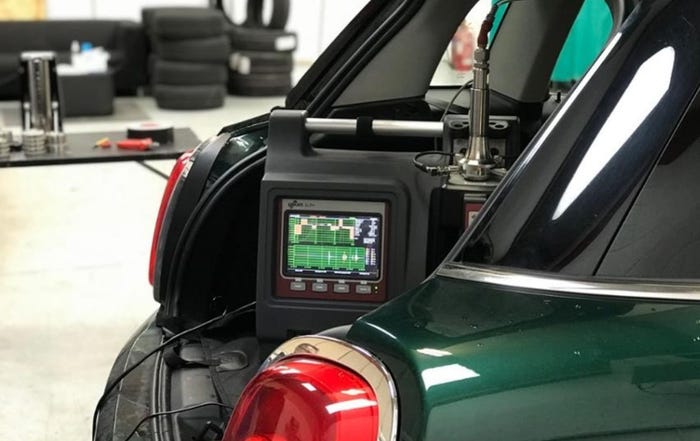Chrysler: Less OT, Inventory, Double the Savings
Improved throughput that has helped cut overtime, plus increased on-line purchasing and reductions in inventory are leading the Chrysler Group to $1 billion in manufacturing cost savings this year, says Tom LaSorda, DaimlerChrysler AG senior vice president-Powertrain Manufacturing. Mr. LaSorda also tells conference attendees on Monday that Chrysler’s recent demands that suppliers lower prices 5% this
August 6, 2001

Improved throughput that has helped cut overtime, plus increased on-line purchasing and reductions in inventory are leading the Chrysler Group to $1 billion in manufacturing cost savings this year, says Tom LaSorda, DaimlerChrysler AG senior vice president-Powertrain Manufacturing.
Mr. LaSorda also tells conference attendees on Monday that Chrysler’s recent demands that suppliers lower prices 5% this year do not pose a threat to quality.
In addition, he says Chrysler is on its way to chopping six months off its product development time.
Chrysler had set a cost-cutting target of $500 million for manufacturing operations in 2001, but “we’re on track to double that,” Mr. LaSorda says. “It’s been one heck of a year of focusing on costs.”
Some of that savings has come from asset re-utilization. “We’ve had a history of using all-new tooling,” he says. “Now we’re finding ways to re-utilize existing tooling.”
Powertrain operations cut $125 million in inventory this year and reduced overtime by 30%, Mr. LaSorda says. The lower overtime isn’t a result of the slower automotive market, he adds. “We still have plants running at capacity -- the 3.8L V-6 for the minivans, the new 4.7L V-8 at Mack 1 (Detroit) and a transmission plant in Indiana. And we’ve taken assets out where we didn’t need them any more. As of June, we’ve completely aligned our powertrain capacity with market demand.”
Chrysler also is seeing “big savings” from using Covisint, the industry’s online parts exchange, for component and materials purchasing, Mr. LaSorda says. He says the Chrysler Group already has made purchases totaling $2 billion to $2.5 billion, with some of those contracts taking hold as early as next year.
Chrysler is looking to cut new product time to market from about 24 months or more today to 18 months, Mr. LaSorda says. “And we’ll have to go lower than that, because worldwide competition is moving to lower times.”
Synergies with Mercedes and other partners such as Mitsubishi Motors Corp. also are leading to savings, Mr. LaSorda says. One key is the Mercedes automatic transmissions that Chrysler will use on its next-generation large cars. “We’ve cloned that entire process from Mercedes,” he says.
And although the initial capacity being installed at the Kokomo, IN, facility is earmarked solely for Chrysler vehicles, Mr. LaSorda doesn’t rule out supplying the automatics for Mercedes vehicles, as well. “The fact that we’ve cloned the whole transmission operation opens up options,” he says.
As previously announced, Chrysler will rely heavily on Mitsubishi for development of its next C-segment car (Neon). But Mr. LaSorda says the two companies are now exploring other arenas, including sharing powertrains, with meetings scheduled this week aimed at sorting out a strategy. “Everything is up for analysis,” he says.
As to price cuts forcing suppliers to lower component quality, Mr. LaSorda says he’s seen no evidence of that. “Quality doesn’t need to suffer,” he says. “Suppliers are in the same position we’re in. There’s so much waste in the system that if you build it right and put in the right process controls, you can cut cost and improve quality. I have not heard from one supplier that because of the cost reductions demanded they will have to lower quality.”
Read more about:
2001About the Author
You May Also Like



